Home »
Misc »
How to run a shot clock in basketball
How to run a shot clock in basketball
RULE NO. 7: Shot Clock
Search for:
Section I—Definition
The ‘shot clock’ shall refer to the timing device that displays a countdown of the time within which the team possessing the ball must attempt a field goal. The shot clock shall start at 24 seconds unless otherwise provided in Rule 7. The shot clock shall be displayed in seconds, except tenths of seconds will also be displayed once the shot clock reaches 4.9 seconds.
Section II—Starting and Stopping of Shot Clock
- The shot clock will start when a team gains new possession of a ball which is in play.
- On a throw-in, the shot clock shall start when the ball is legally touched on the court by a player.
- Following a jump ball or missed free throw, the shot clock shall start when new possession is obtained.
- After gaining possession of the ball, a team must attempt a field goal before the shot clock expires. To constitute a legal field goal attempt, the following conditions must be complied with:
- The ball must leave the player’s hand prior to the expiration of the shot clock.
![]()
- After leaving the player’s hand(s), the ball must make contact with the basket ring.
- A team is considered in possession of the ball when holding, passing or dribbling. The team is considered in possession of the ball even though the ball has been batted away but the opponent has not gained possession.
- Team possession ends when:
- The ball hits the rim of the offensive team
- The opponent gains possession
- If a ball is touched by a defensive player who does not gain possession of the ball, the shot clock shall continue to run.
- If a defensive player is the last to touch the ball before going out-of-bounds or entering the basket ring from below, the shot clock is stopped and the offensive team shall be awarded the ball. The offensive team shall have only the unexpired time remaining on the shot clock in which to attempt a field goal. If the shot clock reads 0, a shot clock violation has occurred, even though the horn may not have sounded.
- If during any period there are 24 seconds OR LESS left to play in the period, the shot clock shall not function following a change of possession; provided, however, the shot clock shall be reactivated and reset to 14 seconds when any of the situations described in Section IV—d below occur.
- If an official inadvertently blows his/her whistle and the shot clock buzzer sounds while the ball is in the air, play shall be suspended and play resumed by a jump ball between any two opponents at the center circle, if the shot hits the rim and is If the shot does not hit the rim, a shot clock violation has occurred. If the shot is successful, the goal shall count and the ball inbounded as after any successful field goal. It should be noted that even though the official blows his/her whistle, all provisions of the above rule apply.
- If there is a question whether or not an attempt to score has been before the shot clock expires, the final decision shall be made by the of See Rule 13—Section I—a—8.

- Whenever the shot clock reads 0 and the ball is dead for any reason other than a defensive three-second violation, kicking violation, punched ball violation, personal foul or a technical foul by the defensive team, a shot clock violation has occurred.
Section III—Putting Ball In Play After Violation
If a team fails to attempt a field goal within the time allotted, a shot clock violation shall be called. The ball is awarded to the defensive team on the sideline, nearest the spot where play was suspended but no nearer to the baseline than the free throw line extended.
Section IV—Resetting Shot Clock
- The shot clock shall be reset when a special situation occurs which warrants such action.
- The shot clock is never reset on the following:
- Defensive player is the last to touch the ball before going out-of-bounds or entering the basket ring from below
- Technical fouls or delay-of-game warning on the offensive team
- Jump ball is retossed as a result of a poor toss, double violation or correctable error
- Suspension-of-play (except for infection control)
- Field goal attempt which fails to touch the rim
- Jump balls which are the result of a held ball caused by the defense
- The shot clock shall be reset to 24 seconds anytime the following occurs:
- Change of possession from one team to another
- Personal foul where ball is being inbounded in backcourt
- Violation where ball is being inbounded in backcourt
- Jump balls which are not the result of a held ball caused by the defense
- All flagrant and punching fouls
- The shot clock shall be reset to 14 seconds anytime the following occurs:
- The offensive team is the first to gain possession after an unsuccessful free throw that remains in play, or an unsuccessful field goal attempt that contacts the basket ring
- A loose ball foul is called on the defensive team in the sequence immediately following an unsuccessful free throw that remains in play, or an unsuccessful field goal attempt that contacts the basket ring; provided that, as a result of the foul, the offensive team inbounds the ball in the frontcourt (NOTE: If, as a result of a defensive foul, the offensive team inbounds the ball in the backcourt, Rule 7—Section IV—c—2 applies)
- The offensive team retains possession after the ball goes out of bounds in the sequence immediately following an unsuccessful free throw that remains in play, or an unsuccessful field goal attempt that contacts the basket ring
- NOTE: For purposes of Rule 7—Section IV—d only, an “unsuccessful field goal attempt that contacts the basket ring” shall include any live ball from the playing court that contacts the basket ring of the team which is in possession.

- The shot clock shall remain the same as when play was interrupted or reset to 14 seconds, whichever is greater, anytime the following occurs:
- Personal foul by the defense where ball is being inbounded in frontcourt EXCEPTION: Rule 7—Section IV—d—2
- Defensive three-second violation
- Technical fouls and/or delay-of-game warnings on the defensive team
- Kicked or punched ball by the defensive team with the ball being inbounded in the offensive team’s frontcourt
- Infection control
- Jump balls retained by the offensive team as the result of any violation by the defensive team during a jump ball which results in a frontcourt throw-in
Basketball Shot Clock
Home>Sports>Basketball>Basketball Rules
PreviousNext
Table of Contents
- Shot Clock
- NBA Shot Clock
- College Basketball Shot Clock
- Starting the Shot Clock
- Shot Clock Stoppages
- Shot Clock Resets
- Shot Clock Violation
- Shot Clock History
- Use of Basketball Shot Clocks
- Basketball Shot Clock Operator
- Buy A Basketball Shot Clock
- FAQ
Shot Clock
Basketball shot clocks are a necessary piece of equipment for a competitive basketball game.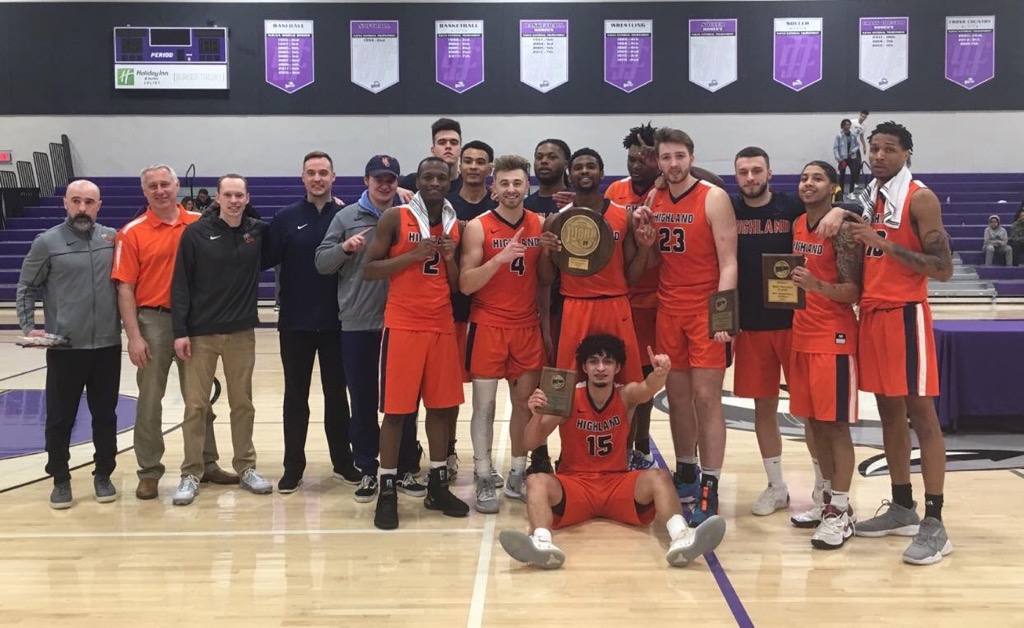 The purpose of a shot clock is to set a timer for how long a team can have the ball in one possession before shooting the ball. If this timer runs out, the team with the ball is assessed a shot clock violation and loses possession of the ball. The shot clock is located on top of the backboard for any competitive basketball game. In the NBA, the shot clock is set to 24 seconds, while in the NCAA, it is 30 seconds.
The purpose of a shot clock is to set a timer for how long a team can have the ball in one possession before shooting the ball. If this timer runs out, the team with the ball is assessed a shot clock violation and loses possession of the ball. The shot clock is located on top of the backboard for any competitive basketball game. In the NBA, the shot clock is set to 24 seconds, while in the NCAA, it is 30 seconds.
The shot clock in basketball keeps track of how long the team on offense can possess the ball before they have to shoot it. The shot clock was invented so that teams would play the game at a quicker pace.
NBA Shot Clock
In the NBA, the shot clock lasts 24 seconds.
College Basketball Shot Clock
In college basketball, the shot clock lasts 30 seconds.
Starting the Shot Clock
The shot clock begins counting down as soon as a possession begins. This occurs immediately when the ball is touched after an inbounds pass, possession changes during the run of play, or jump ball.
Shot Clock Stoppages
The shot clock stops ticking when the ball is declared dead by referees for any reason. At these times, the game clock also stops. The shot clock resumes once the ball is put back into play with a jump ball or a throw-in.
Shot Clock Resets
Some scenarios require the shot clock to reset. In college, all shot clock resets are set to 20 seconds. In the NBA, the shot clock may reset either fully (to 24 seconds) or partially (to 14 seconds).
In the NBA, the shot clock fully resets to 24 seconds when:
- There is a change of possession
- Personal foul or violation that requires an inbound in the backcourt
- Jump balls resulting from a held ball by the defense
The NBA shot clock resets to 14 seconds after the following:
- An offensive rebound after a missed shot or free throw hits the rim
- The defense commits a loose ball foul after a missed shot or free throw hits the rim
- The ball goes out of bounds off the defense after a missed shot or free throw hits the rim
Shot Clock Violation
When the shot clock reaches zero, the buzzer and red lights go off to signal a shot clock violation.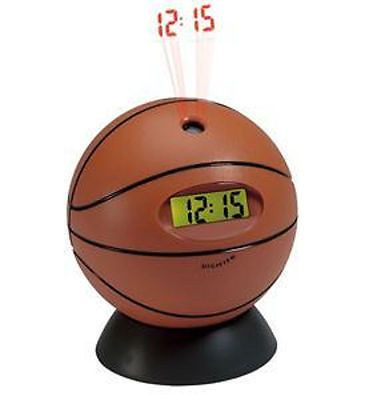 A shot clock violation results in a turnover. The opposing team will get to inbound the ball and start a new possession. A shot clock violation will be called on a team if they haven’t shot the ball and still have possession when the shot clock reaches zero. As long as the ball has left a player's hands and is in the air by the time the shot clock hits zero, it is not considered a shot clock violation, although the ball still needs to hit the rim.
A shot clock violation results in a turnover. The opposing team will get to inbound the ball and start a new possession. A shot clock violation will be called on a team if they haven’t shot the ball and still have possession when the shot clock reaches zero. As long as the ball has left a player's hands and is in the air by the time the shot clock hits zero, it is not considered a shot clock violation, although the ball still needs to hit the rim.
Shot Clock History
The shot clock rule was added to basketball in 1954. Before the days of the shot clock, teams could hold onto the ball forever with no time limit, resulting in many boring, low-scoring games. Danny Biasone came up with the 24-second shot clock by dividing the number of seconds in a game (48 minutes makes 2,880 seconds) by 120 shots (Biasone found that entertaining games had about 120 shots per game). Thus, the 24-second shot clock was born.
The college shot clock was not developed until 1985 when a 45-second clock was implemented. This was shortened to 35 seconds in 1993 and then to 30 seconds in 2015.
This was shortened to 35 seconds in 1993 and then to 30 seconds in 2015.
There is no standardized American high school shot clock, although 10 states have already implemented either 35 or 30-second shot clocks statewide.
Use of Basketball Shot Clocks
The shot clock counts down how many seconds the team is allowed possession: in the NBA this is 24 seconds, while in the NCAA, it is 30 seconds. When it hits zero, it will buzz, indicating that the possession is over, and the other team gets the ball if a shot did not go up during the possession. Shot clocks can also show the game time to help players see how much time is left in the game without having to locate a scoreboard around the arena.
For example, a shot clock may say you have 15 seconds left in the possession, but on top of that, in a smaller font, it will show the game time, like 8:33. Players must make quick and timely decisions in order to accomplish what they must offensively without the shot clock running out. Teams can rush things or go too slow, leading to lost possessions due to the shot clock.
Teams can rush things or go too slow, leading to lost possessions due to the shot clock.
Basketball Shot Clock Operator
With every shot clock, there needs to be a shot clock operator who is in charge of resetting the shot clock every time a new possession begins during a game. Shot clocks are not able to know when a new possession begins, so the shot clock is programmed to reset with the touch of a button, which the operator is in charge of hitting. The operator must be paying full attention in order to not mess up the shot clock, therefore messing up the possible outcome.
Buy A Basketball Shot Clock
Shot clocks are advanced pieces of equipment, which is why they are typically very expensive. Purchasing a shot clock will typically cost you more than $1,000. This is not a problem in the NBA, as they are a multi-million dollar operation; however, at some colleges and high schools, this can be a lot of money.
FAQ
What is the shot clock in basketball?
The shot clock in basketball is a timing device that starts counting down as soon as a team gains possession of the ball; if the team fails to shoot before the shot clock reaches zero seconds, then they will commit a shot clock violation. Shot clocks are used to increase the pace of play and prevent teams from wasting time by holding the ball for long periods. The shot clock is displayed at each end of the court, over each basket, and throughout the arena so that players, officials, and fans all have a clear view of the shot clock throughout the game.
Shot clocks are used to increase the pace of play and prevent teams from wasting time by holding the ball for long periods. The shot clock is displayed at each end of the court, over each basket, and throughout the arena so that players, officials, and fans all have a clear view of the shot clock throughout the game.
How long is the shot clock in the NBA and NCAA?
The shot clock is 24 seconds long in the NBA and 30 seconds long in NCAA basketball games. Like the NBA, the WNBA and FIBA use 24-second shot clocks in their games. Women’s NCAA basketball utilizes the same 30-second shot clock used in men’s play. In the case of an offensive rebound after the shot clock has wound down, the shot clock is reset to 14 seconds.
What is a shot clock violation?
In basketball, a shot clock violation is a type of infraction which occurs whenever a team is unable to make a successful shot at the basket prior to the shot clock elapsing. A shot clock violation will be called if the shot clock runs out and the possessing team has not done one of three things: made a shot that struck the rim, made a successful score, or lost possession of the ball.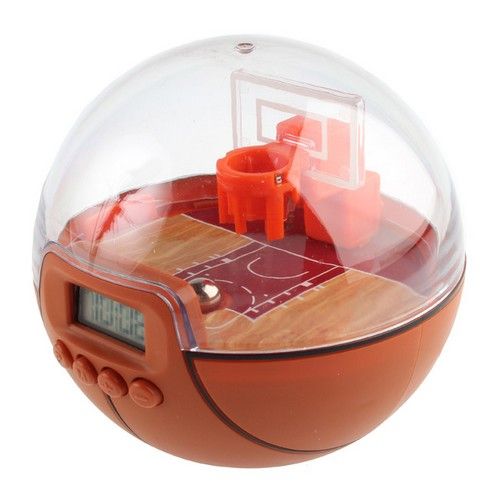
PreviousNext
Pages Related to Basketball Shot Clock
- Basketball Throw Ins
- Basketball Skunk Rule
- Basketball Roster Size
- Basketball Rules List
- Basketball Substitutions
- Basketball Rules and Regulations
PreviousNext
Rule "24 seconds" in basketball: the essence and features of the rule
An important role in the competition is played by the 24 second rule, which athletes must comply with. A player or team must complete the throw within 24 seconds on 2 occasions:
- If a basketball player has gained control of the ball.
- If the ball has touched a player or an athlete has touched the ball while the team is still in control of the ball.
Rule 9 conditions0011
For a 24 second roll to be considered completed, 2 conditions must be met simultaneously:
- The ball is out of the player's hands before the shot clock signal.
- Immediately after the ball is out of hand, it hits the basket or touches the basket.

There are cases when the ball can be thrown just before the end of the 24 second period. Then the sound of the timer is heard at the moment when the ball flies into the ring and is in the air. In these cases, it all depends on the circumstances:
- If the ball went into the basket, then its hit is counted without violations.
- If the ball touches the ring but does not enter the basket, the match continues and the gong is ignored.
- If the ball does not touch the ring and goes past, a violation is counted. But if at the same moment the opposing team takes control of the ball, then the match continues.
All obstacles that could interfere with the ball are taken into account.
Sometimes, in addition to the sound signal, a shot timer light signal is also given. To do this, the board around the entire perimeter must be equipped with a yellow light signal.
What happens when a match is stopped?
If the referee stops the match, the shot clock is cancelled.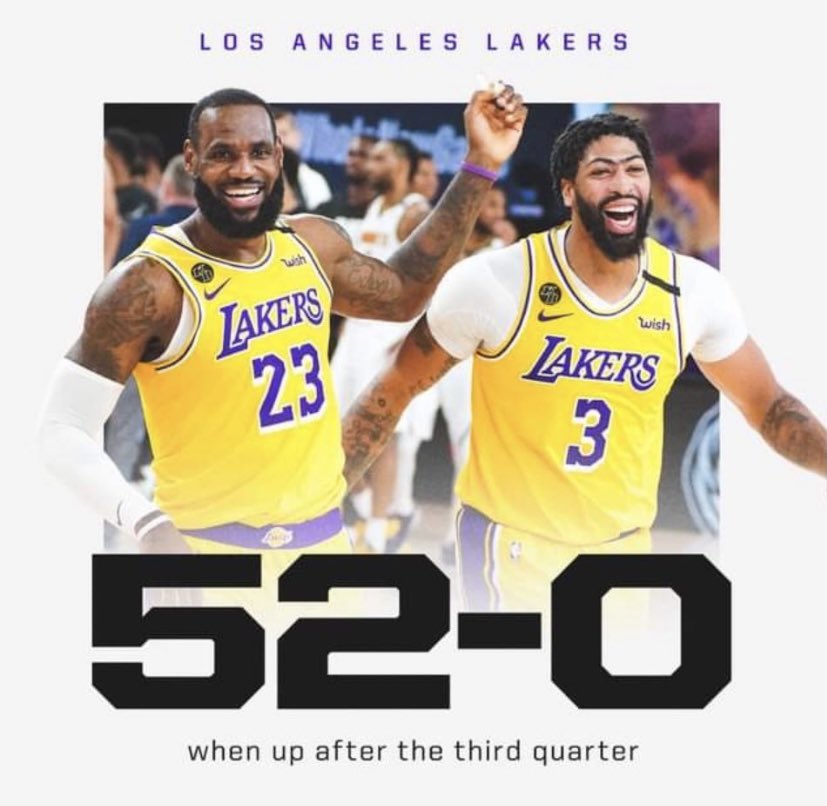 This happens in several cases:
This happens in several cases:
- the team that was not in control of the ball committed a foul or violation but did not release the ball into touch;
- The team not in control of the ball has any good reason;
- circumstances beyond the control of any of the athletes.
The ball is passed to the team that previously had control of the ball. The ball can then be dropped in either the backcourt or frontcourt. If this happens in the backcourt, then by 24 seconds the timer will be cancelled.
On a frontcourt throw-in, different options may arise:
- If the timer indicates that there are 13 seconds or less left before the end of the period, then the timer is reset to 14 seconds.
- If 14 seconds or more remain until the end, the timer is not reset. The countdown continues from the moment of pause.
The number of seconds remains the same from the moment the game is stopped until the end of this pause.
The timer is not reset if it would put one of the teams in unequal conditions.
Get new forecasts: Vkontakte and Telegram .
The team in control of the ball commits a violation or foul (including an out). The referee stops play and allows the opposing team to throw the ball in. In this case, the timer must be reset.
The other offensive team may be awarded a throw-in under the alternating possession rules. Then the timer is also cancelled.
Throw-in eligible:
- in frontcourt - timer reset to 14 seconds;
- in the backcourt - reset to 24 seconds.
Restart procedure
The game resumes at the location closest to where it left off. From the moment the match is resumed, the timer continues to count down.
The method of restarting the game is determined by the head coach. The ball must return to play where it left off. This can take place in the backcourt or frontcourt.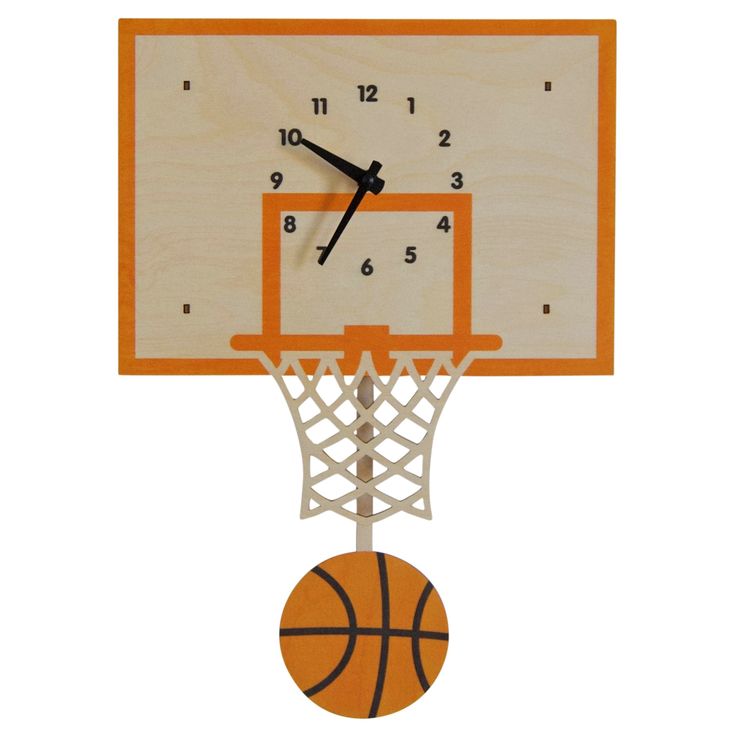 The return is made when the game clock shows 2:00 minutes or less after the timeout.
The return is made when the game clock shows 2:00 minutes or less after the timeout.
How a throw-in is administered after a time-out:
- in frontcourt - countdown continues;
- in the backcourt - if the timer has less than 13 seconds left, it will be canceled up to 14 seconds; if more than 14 seconds remain, the countdown continues.
Throw-in after violation or foul (not out):
- in advanced - reset to 14 seconds;
- in the rear - reset to 24 seconds.
Throw-in after a time-out taken by the team that gained control of the ball:
- advanced - reset to 14 sec.;
- rear - reset to 24 sec.
As punishment for unsportsmanlike conduct or a disqualifying foul, a team must recover the ball from the frontcourt throw-in line. The timer resets to 14 seconds.
When the ball touches the opposing team's basket ring, the timer can be reset in different ways:
- By 14 seconds - if the ball is still controlled by the team that took the throw.
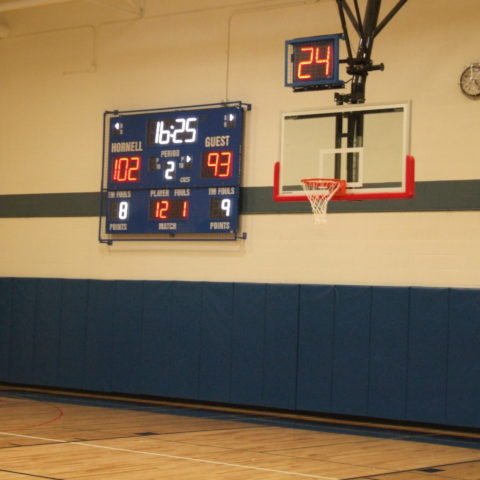
- By 24 seconds - if the opposing team has gained control of the ball.
The gong must be ignored if it sounds when no one is in control of the ball or when it is in possession of one of the teams.
All About Basketball
The Ball Returned to the Backcourt in Basketball: Rules and Mistakes There are many rules for returning the ball to the backcourt. From...
Why can a timeout in basketball change the game? It is customary to take time-outs in many sports, but perhaps not in any of them ...
Interception of the ball in basketball: a technique of execution Interception of the ball is one of the methods of defense technique used in basketball. Interception can be...
Ball control in basketball: dribbling, passing, interception of control Team control starts when the basketball player...
Basketball dictionary
27 number in basketball Basketball is a team game and players are most easily identified by the numbers they are required to wear on their uniform.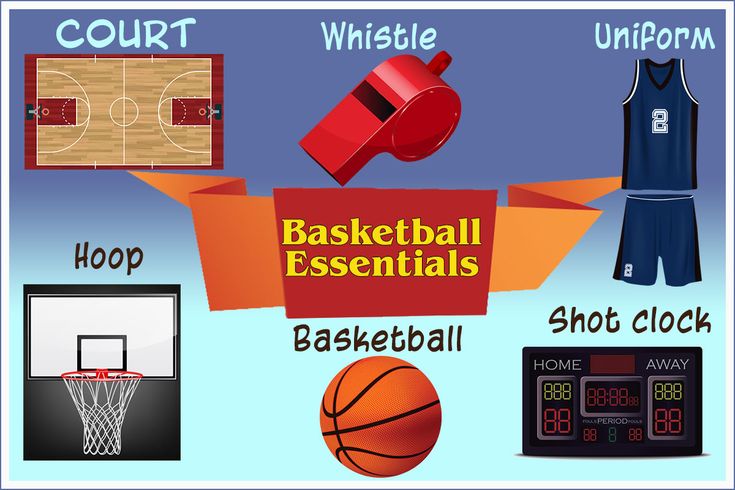 ...
...
Foul of Last Resort What is a “foul of last resort” in basketball? How can you commit a foul of last resort? Last resort foul...
73 basketball number Basketball number 73 was not usually tied to a specific position on the playing court and was often chosen...
Slip What is “slippage” in basketball? How slippage is performed and why it is needed in...
All about sports
All types of baseball pitches Pitchers use a wide range of different pitches to make it difficult for a batter to hit the ball. According to the ways...
Damn goalkeeper in hockey: why does a goalkeeper need a wide glove (blocker)? A special goalie glove for the other hand “pancake” must have ...
Finish, competition time and results in biathlon according to the rules of different types of races Finish The finish line is an important part of biathlon racing. Moment...
Moment...
Italian "wolves". We understand the nicknames of FC "Roma." The Italian football club "Roma" represents the city of Rome - the capital of Italy. Club...
Hockey Dictionary - HockeyScience - Blogs
Today the HockeyScience Blog presents to the readers' attention a unique dictionary of hockey terms. From the most familiar hockey expressions to real professionalism. Let's learn to use the terms correctly and speak the hockey dialect...
- Ammunition and equipment:
Puck - sports equipment for ice hockey. It is a vulcanized rubber disc, 2.54 cm (1 inch) thick, 7.62 cm (3 inches) in diameter and weighing 156-170 grams.
Stick - Ice hockey stick used for shooting, passing and dribbling. It is a long thin handle - shaft - with a flat extension at one end - a hook. Stick sizes vary considerably, as they must meet all the player's preferences, according to his height and weight.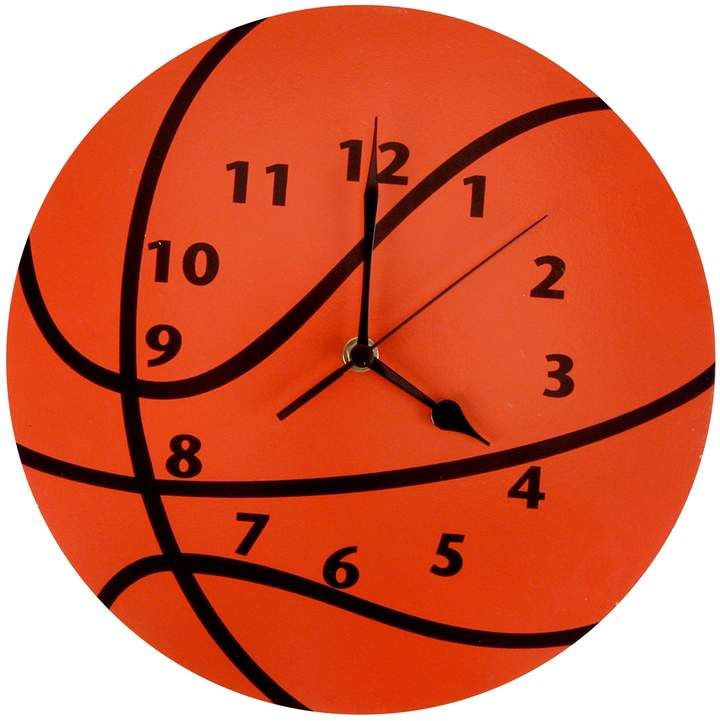 It is made mainly of carbon fiber or wood.
It is made mainly of carbon fiber or wood.
Skates - sports equipment for playing ice hockey, which is a combination of boots and a system of blades attached to them. Hockey skates are designed to protect the foot and ankle from injury, puck impact, and still provide comfort.
Hockey Player's Attire - Specialized hockey clothing, including: helmet, leggings, bib, elbow pads, pads, shorts, skates, shell, special underwear, gaiters or leggings, throat protection and game sweater.
Helmet - piece of hockey equipment designed to protect the head. To protect the face, the following are used, attached to the helmet: metal mask; visor - a special transparent plastic shield; a combined mask consisting of a visor and a metal mesh.
Leggings - Hockey gloves designed to protect a player's hands, wrists, and lower forearms from stick strikes, puck hits, and other similar incidents.
Bib (Shell) - piece of hockey equipment that provides protection for the back, chest, spine and shoulders.
Elbow pads - piece of equipment designed to protect the elbow joint of a hockey player.
Shields - a piece of equipment that protects the knee joint and shin of a hockey player
Hockey shorts - a piece of equipment designed to prevent injury to the hips, coccyx, lower back and spine of a hockey player during falls, collisions, puck hits and in other cases.
Shell (Shell) - a plastic device that protects the groin area from various injuries.
Mouth guard - flexible plastic device worn over the teeth to protect against various injuries such as damage to the jaw, teeth, concussion.
Blocker (Damn) - goalkeeper's glove designed to repel puck throws with the back of the hand in which the stick is located.
Trap - goalkeeper's glove designed to catch and hold the puck.
Sweater (Jersey, Mesh) - the upper part of the player's hockey uniform. It is worn over hockey equipment and is intended to indicate the hockey player's belonging to the team and to recognize an individual player by number and surname.
Hockey match - playing time, consisting of three periods of 20 minutes of pure time, as well as breaks between periods, which are usually 15-17 minutes. In the event of a draw at the end of the match, overtime and/or a shootout may be awarded. The need for overtime and shootouts, as well as their duration, are specified separately in the tournament regulations.
Hockey rink - the surface of ice bounded by boards, which is the venue for hockey matches. The maximum allowable size of the field is 61 x 30 meters, the minimum is 56 x 26 meters
Board - special fencing of the hockey rink.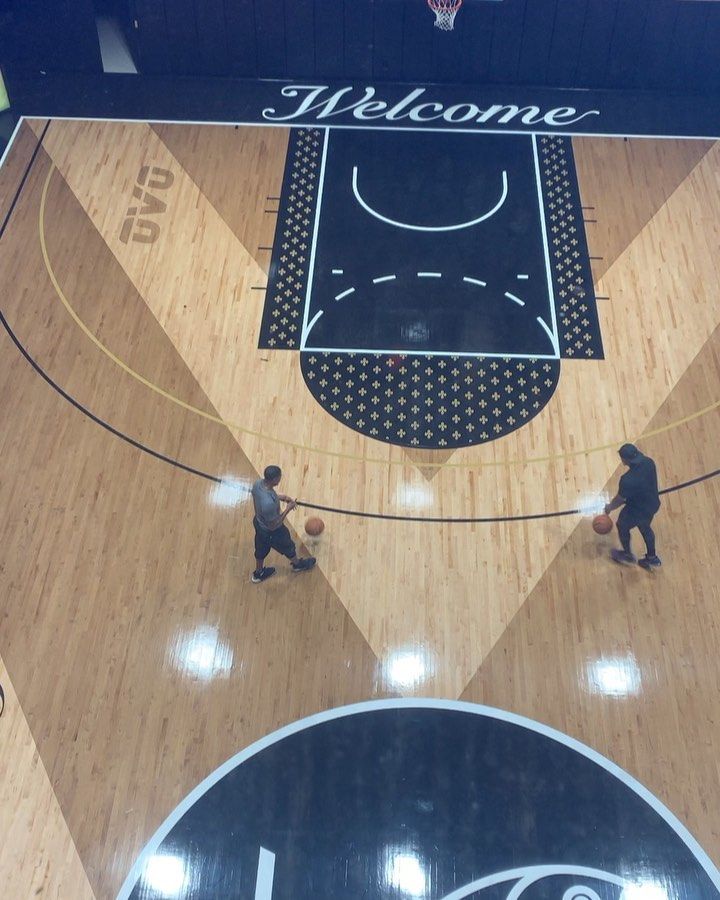 The height of the sides, bordering the site along the perimeter, above the ice level is 102-122 centimeters. Above the sides of the site along the entire perimeter there are transparent barrier shields made of safety impact-resistant glass.
The height of the sides, bordering the site along the perimeter, above the ice level is 102-122 centimeters. Above the sides of the site along the entire perimeter there are transparent barrier shields made of safety impact-resistant glass.
Zone - part of the site defined by marking lines. There is a difference between the defense zone (zone at own goal), attack zone (at other people's goal), middle zone (neutral zone located between the attack and defense zones of each team) located 6 meters from the gate.
Whiskers - zones located on the sides of nickels. Considered one of the most lethal points for a throw.
Slot - the area of the hockey rink located opposite the goal from the mustache to the blue line.
Goalkeeper (Goalkeeper) - a player whose duty is solely to protect the goal.
Gate - a rectangular structure measuring 1.83 x 1. 22 meters, where the puck is directed.
22 meters, where the puck is directed.
Goal area - a special area located in front of the goal and painted blue. If, at the moment of scoring a goal, a player of the attacking team was intentionally in the goal area or kept his stick there, then the goal is not counted.
Goal (Goal) - the puck entering the goal, in which the puck completely crosses the goal line and no violation of the rules was recorded.
Double - two goals scored by one player in one match.
Hat-trick - three goals scored by one player in one match.
Gordie Howe's Hat Trick - is the unofficial name for a special kind of hat trick when a player scores a puck, makes an assist and participates in a fight during one match.
Classic hat-trick - three goals scored by one player during one period; or three consecutive goals scored by one player.
Poker - four goals scored, by one player, in one match.
Own goal - goal scored by a player in his own goal.
Assisted pass - passing the puck from one or two players of the same team resulting in a goal. If the puck touches an opposing player, then the assist is not counted.
Point - conditional award given to a player who scores the puck against opponents or makes an assist.
Utility indicator (Plus or minus) - a player's characteristic that displays the ratio of goals scored or conceded by the team when a particular player was on the ice. This indicator can be calculated both in a single game and in the sum of all games for the season. Does not apply to goalkeepers.
Ice Time - an indicator that reflects the time spent directly on the ice by a particular hockey player.
Shutout (Shutout, Seabiscuit, Game on "0") - a match recorded by the goalkeeper's statistics if he successfully repelled all the attacks of the opposing team throughout the game and did not miss a single puck into his own net.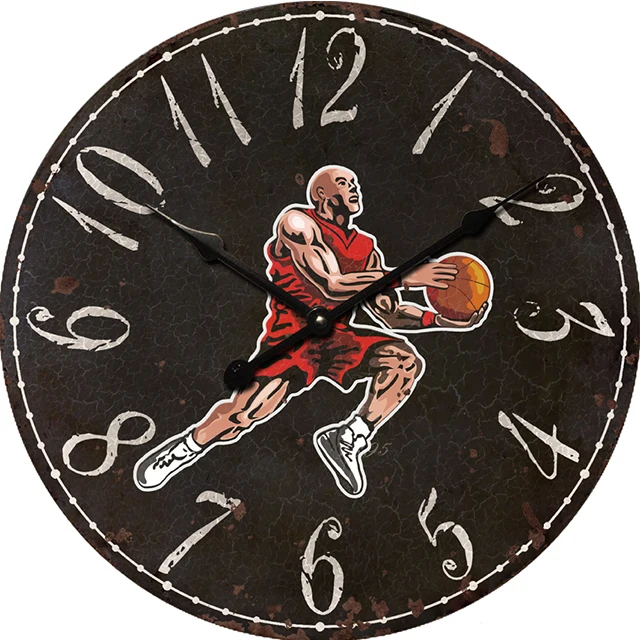
Arbiter (Judge) - a participant in a hockey match who has special skills and powers. The rights and duties of a referee are determined by the rules of the tournament. The referees are divided into referees in the field (on the ice) and referees in the team (off the ice).
Throw-in - bringing the puck into play, at the start of the match or after play has been stopped. From the moment of the throw-in, the countdown of the match begins.
Offside (Offside) - occurs when both skates of an attacking player cross the blue line (in the attacking zone) before the puck does. At the same time, if only the stick crossed the blue line, or the player drove over the blue line with only one skate, there is no violation and you can continue to play.
Probros - Throwing the puck by a player from his side of the field when the puck crosses the red line at the opponent's goal without hitting any of the players.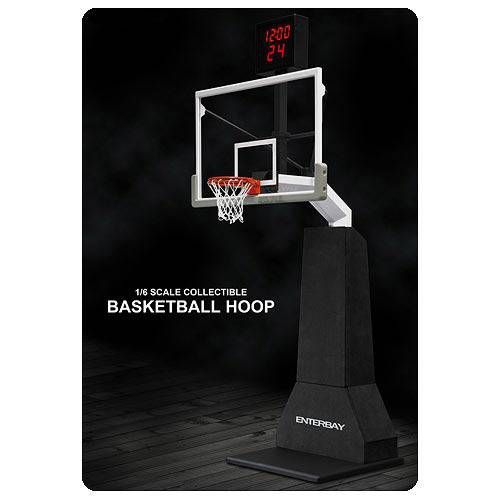 After the icing, the puck is dropped in the zone of the icing team.
After the icing, the puck is dropped in the zone of the icing team.
Pass through two lines - hockey atavism, the essence of which is that you cannot pass in such a way that the puck crosses the blue and center lines. Most leagues abolished this rule about 10 years ago.
Violation - non-observance of the rules of ice hockey. Punishable by various penalties in the form of removal or free throw. Penalties for various violations are prescribed in the rules of the game of hockey.
Majority / minority game - numerical advantage, or vice versa minority, of the team, when a player of one of the teams is removed from the court for violating the rules.
Overtime - extra time, which is allocated by the judges after the end of three periods of 20 minutes with a tied score to determine the winner and continues until the first abandoned puck. The duration of overtime is determined by the rules.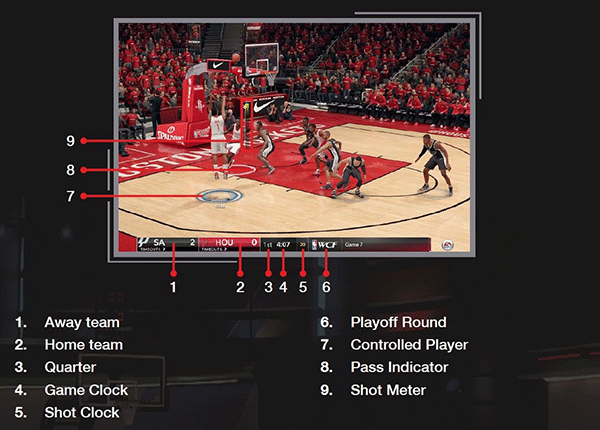
Bullitt - puck free throw. Shootouts are both post-match and game. Post-match may be appointed to determine the winner at the end of the main and extra playing time. A game penalty is awarded when a violation of the rules has been committed against a player who went one on one with the goalkeeper, and due to the violation was deprived of the opportunity to score a goal.
Time out - a break in ice hockey, appointed at the request of one of the teams. Each team is allowed one 30 second time-out during regulation or extra time.
- Tactical and technical elements of the game:
Attack - team actions aimed at throwing the puck into the opponent's goal. The attack begins when the team takes the puck, and ends with the loss of the puck, or a goal.
Defense - team actions aimed at protecting their goal. Defensive action begins when a team loses the puck and ends with a puck win or goal.
Throw - the general name for an action in ice hockey, the result of which is the movement of the latter in one direction or another under the action of a blow with a stick.
Click (Slapshot) - a kind of puck throw, the feature of which is the swing of the stick and its impact on the ice in front of the puck. Due to this impact, the stick flexes slightly before impact, and the blade slides 3-5 cm on the surface of the ice before reaching the edge of the puck. Thus, the speed of the puck is higher, since the speed of the hook, the mass of the hockey player, and the elastic force of the stick act on the puck.
Wrist throw - the most common and most accurate throw in hockey. It is performed by the inner side of the hook due to the efforts applied by the hockey player to the stick through the wrist of the "lower" hand.
Offhand shot - a type of shot where the puck is hit with the outside of the hook.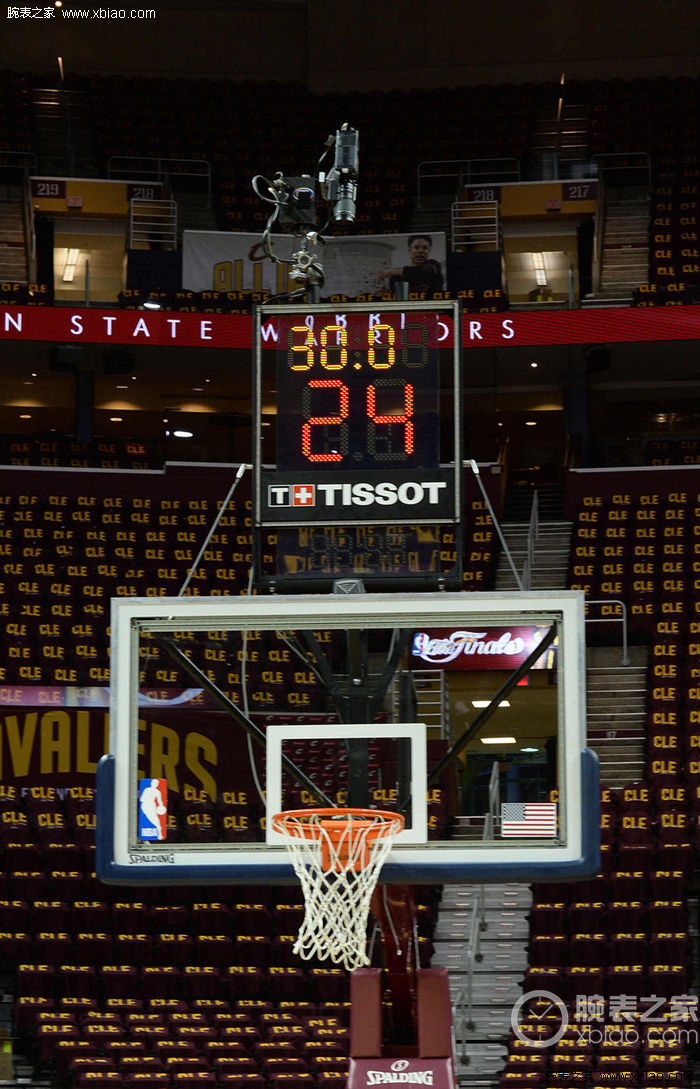 It is considered one of the most technically difficult types of throw.
It is considered one of the most technically difficult types of throw.
One-timer ( One-touch throw ) - a kind of throw in ice hockey, in which the player hits the goal without preparation and without handling the puck in one touch on the sliding puck. The probability of throwing the puck on such a shot is very high.
Passing - an important part of the player's actions, during which the puck is transferred from the player with the puck to the partner.
Stroke - game technique, which is aimed at outplaying the opponent in a specific game situation. The stroke is provided by skating, dribbling, and deceptive actions.
Feint - movements of a hockey player aimed at misleading an opponent and outplaying in a specific game situation.
Spin-o-frame (Spinner) - a very effective, but technically difficult feint associated with a sharp 360-degree turn of the player with the puck.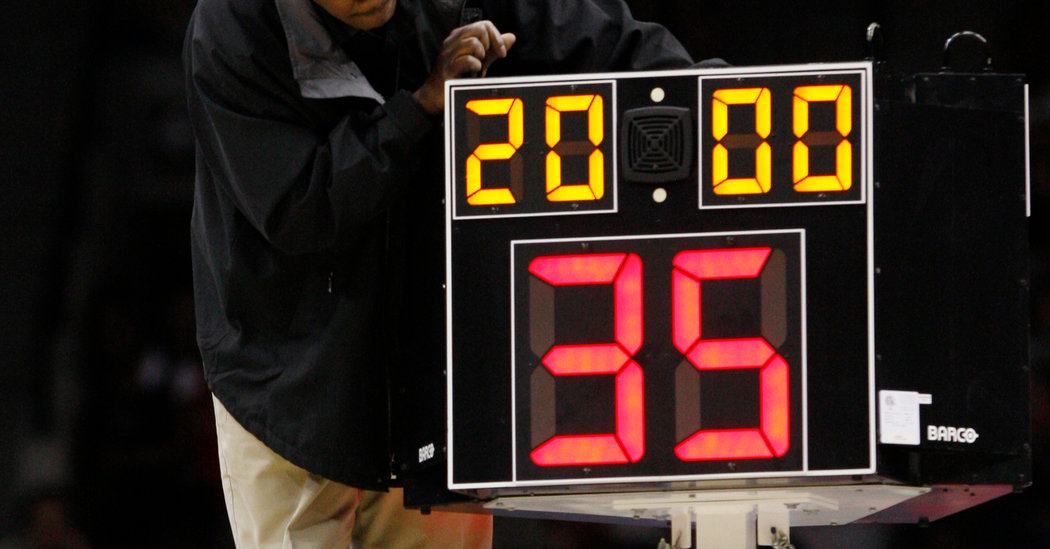
Power hold (Hit) - physical actions aimed at taking the puck from the opponent.
Windmill (Hip Check) - hit, carried out by taking the opponent on the thigh.
Puck tackle - transfer of the puck from a player of one team to a player of another. It happens in various ways: with the help of taking the puck with a stick, power moves, interceptions.
Pressing - limiting the opponent's actions by using blocks or power moves.
Technical and tactical actions - any actions of the player that affect the course of the game. For example: dribbles, passes, shots, puck tackles.
Game density - the number of technical and tactical actions on the court per minute.
Line-up - the position of the players relative to each other within the game system
Rollback game - passive defensive actions of the team. In a rollback game, the defending team rolls back into the defense, lightly presses the opponent, and the puck is tackled mainly in the defensive zone.
In a rollback game, the defending team rolls back into the defense, lightly presses the opponent, and the puck is tackled mainly in the defensive zone.
Forechecking - active defensive actions of the team. Forechecking involves an active struggle for the puck and tight pressure on the opponent in the attacking zone.
Checker - counterattack player. He specializes in active power struggle on the ice, stealing the puck from the opponent, forechecking, killing the minority.
Toughguy - a player of a hockey team whose main task is to intimidate the enemy, fisticuffs, "turning off" the most dangerous forwards of the opposing team from the game and protecting the most valuable players of his team.
Stay-at-home - defender of the defensive plan
Run-and-run - tactics of the game in attack. A feature of the "hit-and-run" tactic is the forward throwing the puck into the attack zone from the middle zone, after which the attacker's partners make a sharp acceleration in order to overtake the opponent's defenders in the fight for the puck.
Save - shot of the puck deflected or blocked by the goalkeeper.
Stance (Standup) is the first ever goaltending style of play. Based on the "vertical" overlapping of the gate - the reflection of shots directly from the rack. Allows you to securely close the top of the gate.
Butterfly is a fairly new style of goalkeeping. It is based on the "horizontal" overlapping of the gate - both goalkeeper's pads lie on the ice. Effective for closing the bottom of the gate.
Hybrid (Semi-butterfly) is a cross between standing and butterfly styles. Based on the "diagonal" overlapping of the goal - only one foot covers the bottom corner of the goal.
To sit on the bank - to be in stock all the time.
Polishing can - it is extremely rare to go out on the ice in the fourth link. Anyone who rolled from the shift moves such a player either to the right or to the left.
Anyone who rolled from the shift moves such a player either to the right or to the left.
Open the gate - "sit on the bank" for the goalkeeper.
Roll on rails - play too primitive, artless. A player who does this is called tram .
The rails ran out – the hockey player was stopped or pinned to the side by the opponents.
Pass along the board - slide along the board, bypassing the opponent due to strength and speed.
The Cursors are right-handed players.
Train - leaving the puck to a partner who moves behind the back of the giver.
Carousel - multiple abandonment of the puck to partners in the opponent's zone. It is carried out during one combination. Partners move in a circle.
Launch a butterfly - make an unsuccessful, weak throw when the puck flies somersaults or jumps on ice.
Skip the butterfly - Skip a similar tumbling puck.
Parachute - throwing the puck over the opponent.
Load nickel - constantly attack, climb on the gate, throw a lot.
Drop gloves (Give a nickel) - start a fight.
Forklift - Hook an opponent up with the stick.
Get into the house - score a goal between the legs of the goalkeeper.
Hit the top nine - shoot the puck into the top corner of the goal.
Punish the referee - allegedly accidentally push the referee or hit him with the puck.
Take away the opponent - divert the attention of the enemy.
Lace up the brains - with tricks and a stroke to make the opponent lower his head, stare at the puck, get confused.
Fill bottles - play a secondary role in the team, act as an administrator.